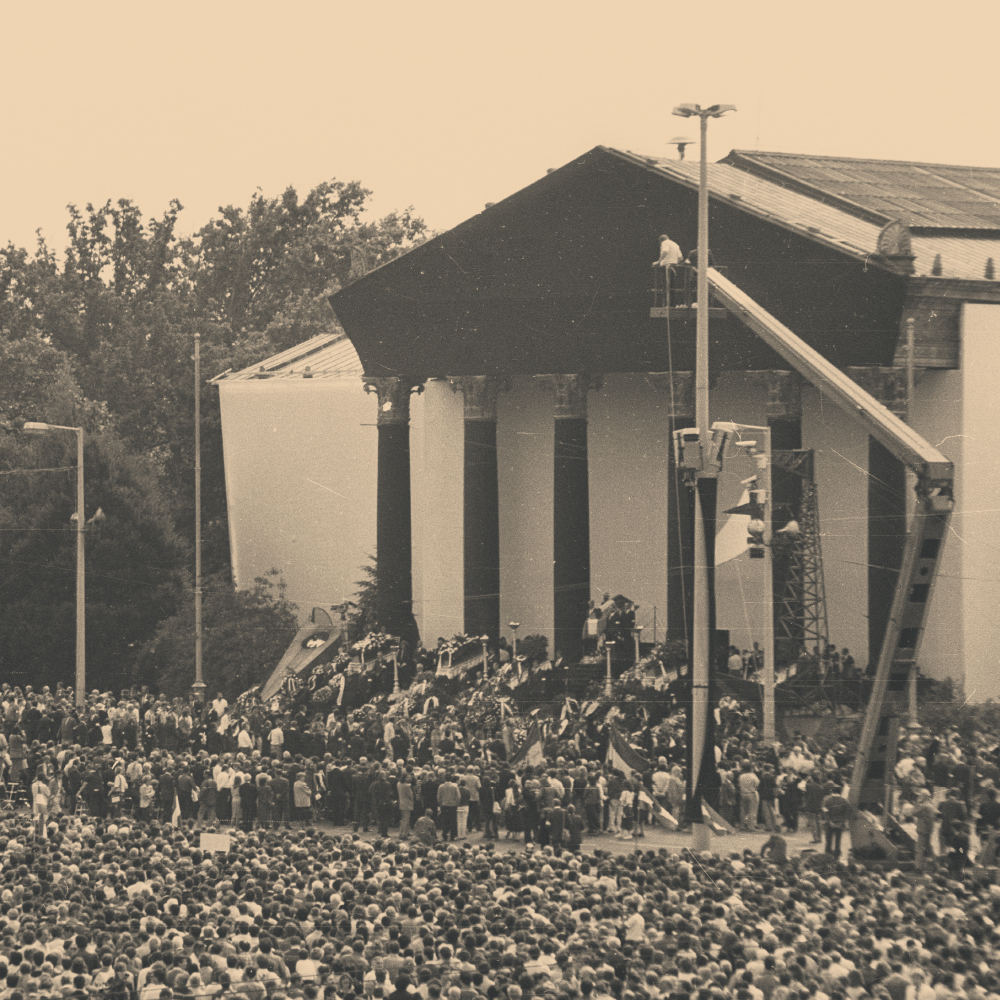
The 1956 Revolution was put down by the Soviet troops. After the bloody retaliations, the Hungarian Socialist Workers’ Party (MSZMP) ruled for more than 30 years. The power of the communist party was ensured by the occupying Soviet army. That is why for decades criticising the “friendly Soviet army” (according to the official terminology) was a seriously taboo subject. As the dictatorship became softer and softer, more and more criticism was allowed, but the occupation could not be called occupation.
The other Achilles’ heel of the legitimacy of the state party of the communist dictatorship was the evaluation of the 1956 Revolution. According to the official ideology of the state party, the revolution was an illegal and subversive act, thus putting it down and inviting foreign troops served the interest of the Hungarian people. The MSZMP justified the terrible retaliations against the traitors of the people as just punishment. So the conviction of Imre Nagy meant the legitimization of the whole system. If the executed Prime Minister was not guilty and if the revolution was not against the interests of the Hungarian people, then the MSZMP had committed a crime by inviting a foreign army, carrying out murders, imprisoning people and monopolizing power.
That is why negating the fact that the Soviets were an occupying force and also labelling the revolution a counter-revolution meant the ideological basis for the state in the following 30 years, and the party did not allow anyone to question this claim. So it is not surprising that the cathartic event of the transition rejected these two lies on June 16, 1989.
The reburial of Imre Nagy and his fellow martyrs symbolically meant an end to the communist regime. During the clean-up, the executed revolutionary leaders were placed in unmarked graves. The reburial which had been urged by the Historical Justice Committee for a while not only meant paying the final respects, but political rehabilitation too.











